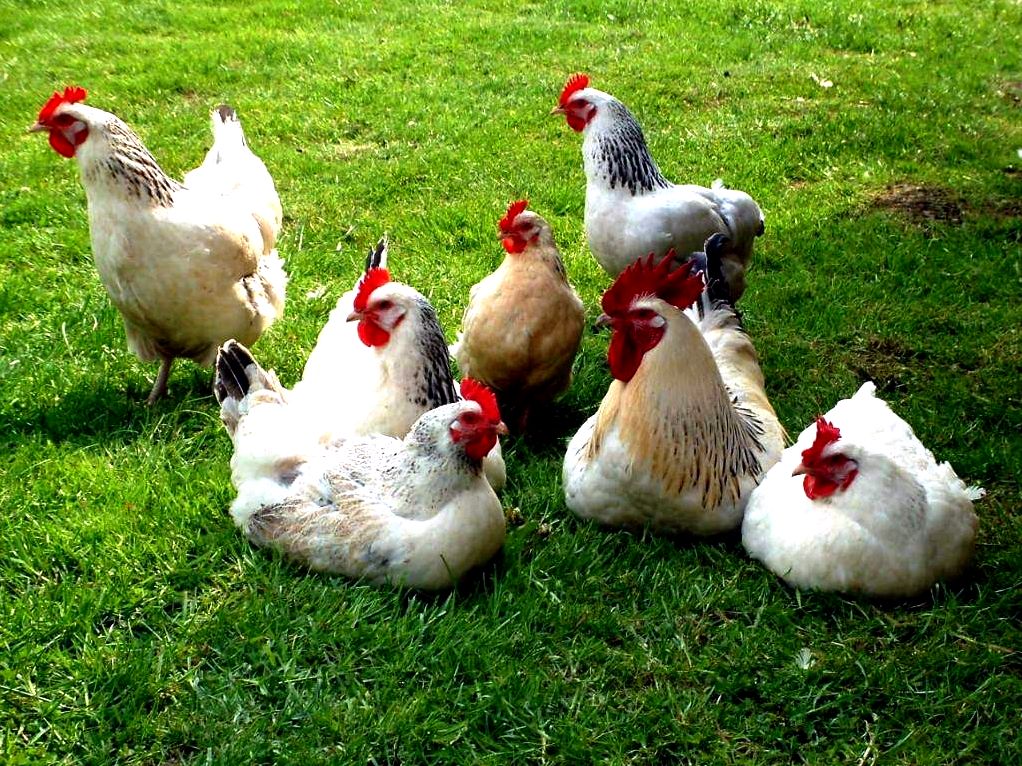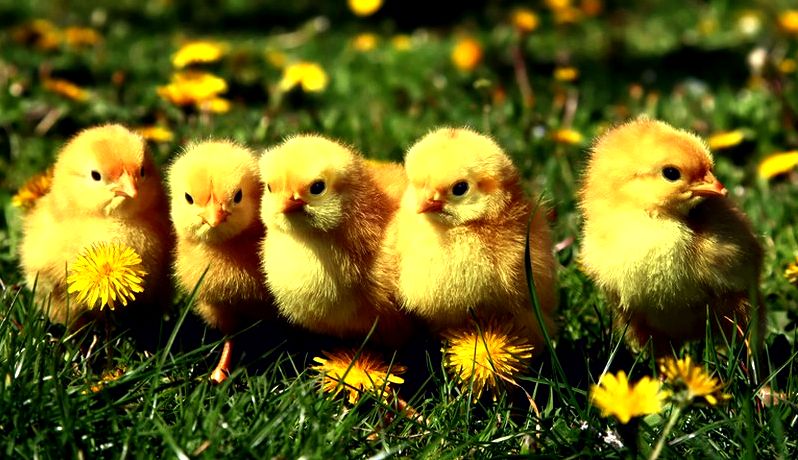
Portland’s Ordinance on Keeping Urban Animals See 13.05.015 Section E
To learn more about keeping creatures in Multnomah County or please contact:
- Multnomah County Health Department Vector and Nuisance Control
5235 N. Columbia Blvd., Portland, OR 97203, (503) 988-3464
Chicken Feed Info:
- Expect three chickens to eat a 50 lb bag of feed every two to three several weeks.
- A 50 pound bag of organic layer feed has become $25, and chick feed about $30.
- Your chickens may also need shavings for bedding (avoid cedar plank) and straw for that nesting boxes (make certain the straw isn’t contaminated through the herbicide clopyralid.)
Local Chicken Supplies
CONCENTRATES
2613 SE eighth Avenue
Portland, OR 97202
ph: 503.234.7501
www.concentratesnw.com
Hrs: Monday – Friday 8:00-5:30pm. also open Saturdays beginning March sixth.
Organic layer pellets, chick starter and cracked corn (kropf) milled in Or. Oyster covering, grit, Scratch (kropf) and bedding for hens and chicks, also Alber’s feeds.
NAOMI’S ORGANIC FARM SUPPLY
2615 SE Schiller Street
Portland, OR 97202
ph: 503-517-8551 fax: 503-546-9755
www.naomisorganic.com
Hrs: Tu-Su:10-6, (Closed Mondays)
LIVINGSCAPE NURSERY
3926 N. Vancouver Avenue
Portland, OR 97227
ph: 503.248.0104
www.livingscape.com
Hrs: M-F: 12-6, Sa-Su: 10-5
Sells chicks, feed, waterers & feeders, heat lamps, bulbs, books & sources.
LINNTON FEED & SEED
10920 NW St. Helens Road
Portland, OR 97231
ph: 503-286-1291
www.linntonfeed.com
Chick starter, Organic layer pellets, etc. Baby chicks from middle of March through May
Lamps, feeders, waterers.
PISTILS NURSERY
3811 N. Mississippi Avenue
Portland, OR 97227
ph: 503-288-4889
www.pistilsnursery.com
Chickens, chick feed, grit, water and food feeders
THE URBAN FARM STORE
2100 SE Belmont Street
Portland OR 97214
ph: 503-234-7733
www.urbanfarmstore.com
Chicks available starting in March. See information on website. Sells chicken keeping supplies while offering classes.

AG WEST
Hillsboro, OR
ph: 503.648.4178
www.agwestsupply.com
Carries organic feed (Kropf Feed) that is milled in Or.
VALLEY FEED
McMinnville,OR
ph: 503.472.2610
Carries organic feed (Kropf Feed) that is milled in Or.
AVIAN Clinic
15952 SW Quarry Road
Lake Oswego, OR 97035
ph: 503-635-5672
Marli Lintner, DVM
Vet focusing on wild birds. If you see issues with the poop, a fecal analysis might be so as and won’t require getting inside your chicken. Fecal analysis is $20, very economical and could place you on course to some healthy, happy city chicken.
REBUILDING CENTER
3625 N. Mississippi Avenue
Portland, OR 97227
ph: 503-331-1877
rebuildingcenter.org
Hrs: Monday – Saturday 9-6, Sunday 10-5
Supplier of local recycled building materials.
Coop Design Factors
LIGHT AND EXPOSURE: SELECTING Your Website
Coops need use of light and air. Given Portland’s temperate climate, winter warmth for the chickens isn’t a significant concern. However, make sure that there’s sufficient summer time shade and/or air flow to help keep the coop from getting hot.
If the outside run is mounted on your coop, locate the coop inside a place with higher drainage, where it won’t be inundated during wintertime rains. A transportable pen or chicken tractor can be a handy option. Ideally, a south facing, lightly sloped area can give the coop the benefit of the sunshine and also the drying results of the sun’s rays, provided it won’t bake an excessive amount of within the summer time.
Keep in mind that you’ll want to gain access to the coop to give, water, and clean. Closeness to some all year round water source might be convenient.
SPACE Needs
Recommendations change from 2-10 square ft per bird. In case your chickens will get access to a fenced run or even the outdoors, they’ll generally need less space within the coop itself. Space needs will also be determined by how big the wild birds selected. Allow 10 square ft per large chicken (6 to 8 per bantam) if limited in coop. Allow four square ft (2 for bantams) if coop is simply roosting/nesting coop. An excessive amount of room is preferable to not enough – the litter will remain dryer and much more comfortable and also the coop is going to be simpler to help keep clean.
The coop ought to be big enough or sufficient access to clean and egg collecting. Also consider a place for feed and water which has quick access for checking and filling.
FLOORING
There are various flooring options, each with benefits and drawbacks. A dust floor is affordable, easy, and it has the additional benefit of enriching the soil below your coop. However, the coop may become muddy otherwise well drained. A wood floor could keep wild birds off the floor, and could be made with removable panels to clean. However, a wood floor will ultimately rot. A concrete floor cleans easily and it is rodent proof and permanent. However, it’s more costly and elaborate to create, and it is harder to get rid of.
A thick layer of litter (five to ten inches) causes it to be easiest to help keep the coop clean, whatever the floor. With the proper ratio of litter to wild birds, the wild birds stir in their own individual manure and it’ll start to compost underneath them.
Resourse: https://growing-gardens.org/portland-gardening-sources/chickens/
Backyard Chickens 101
Video COMMENTS:
Juicy: i live in an apartment. why am i looking into this stuff…
Pasquale Perreca: Juicy
Sonika Kamble: Juicy Same
Summer Noybn: Ok… you seem very knowledgeable…BUT… there are a few places i felt you misspoke. One. Chickens dont digest food in their crop. Its ground up with the grit in their gizzards; which are in the body cavity. Two you worry too much about the food. They can have most things in moderation; including those you banned. Citrus is actually beneficial in small amounts and citric acid is used as a preservative in most chicken feeds. Avocado flesh is fine; the pits or skins should be avoided. Chickens can live up to 20 years believe it or not and routinely live more than six years. One other thing thats not something you said but something i noticed in your coop is that if it gets cold where you live you might want a wider roost where they can sit on their feet. Chickens dont need to grip the roost like most birds; they prefer for their feet to be flat. Ill watch again and if i see something else; i hope you wont mind if i mention it..
hanskyonion 927: Summer Noybn sorry I'm not reading all of that
Spect8orSpecter: proud of Roe's kindness and patience here. if you'd like to show off your knowledge why not make your own video rather than nit picking other's? Quite rude imo
Erin Indigo Osmanthus: Wow this vid was really well done.
Mohammed Rahaman: I like your farm can you please give me your phone number please
Erin Indigo Osmanthus: I don't own a farm, lol. I think your comment is for The King's Roost.
Beauty AND Brains: your personality and your beautiful self are easy to listen to and learn from! I appreciate your lessons. Im sure you get enough rude trollers so i thought id tell you thanks! even though i've suffered most of the worst lessons already, and your coop area inspired me. Its gorgeous! I have ten chickens and lost my eldest today. she was four years old. One thing that I have learned and would share is that initially I did what you said don't do and just got a couple and gained more to the flock along the way. Through it all the best lessons were the ones that my chickens taught me themselves. Most of what i needed to know even without any study at first. At one point they had stopped laying or it was minimal. Then one day I accidentally dropped and stepped on a couple of the eggs n the pen. I cleaned up the mess but left the shells and when i went back out there they had eaten the shells and the next day and thereafter i was getting lots of eggs! I realized that if i gave shells, they gave me eggs! So now i add the shells from breakfast or cooking to my ninja and add to the feed or give oyster shells. seems to work out great! Please let me know if this is a bad idea though!
Tags: chickens, wild birds
Comments are closed here.
